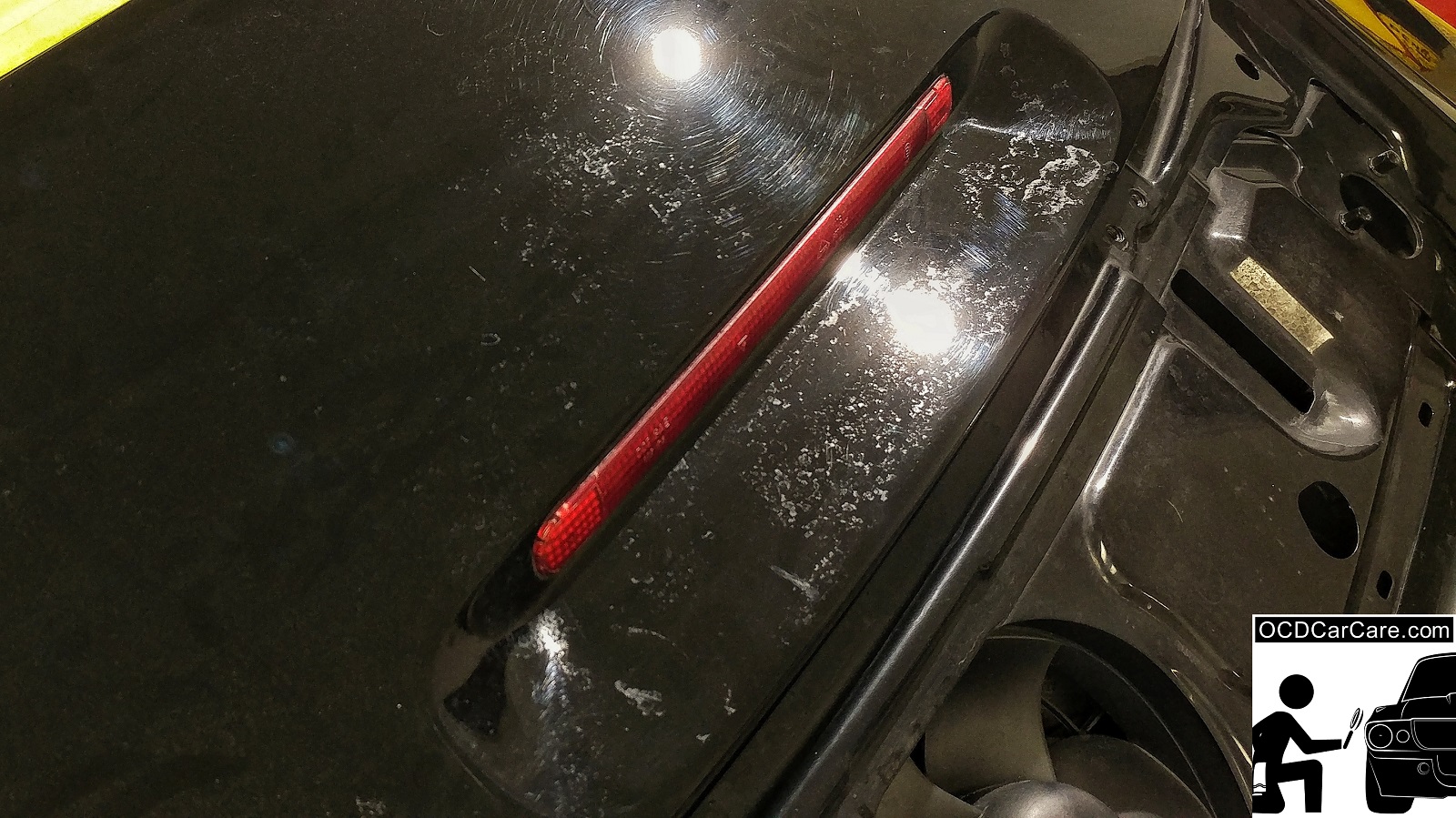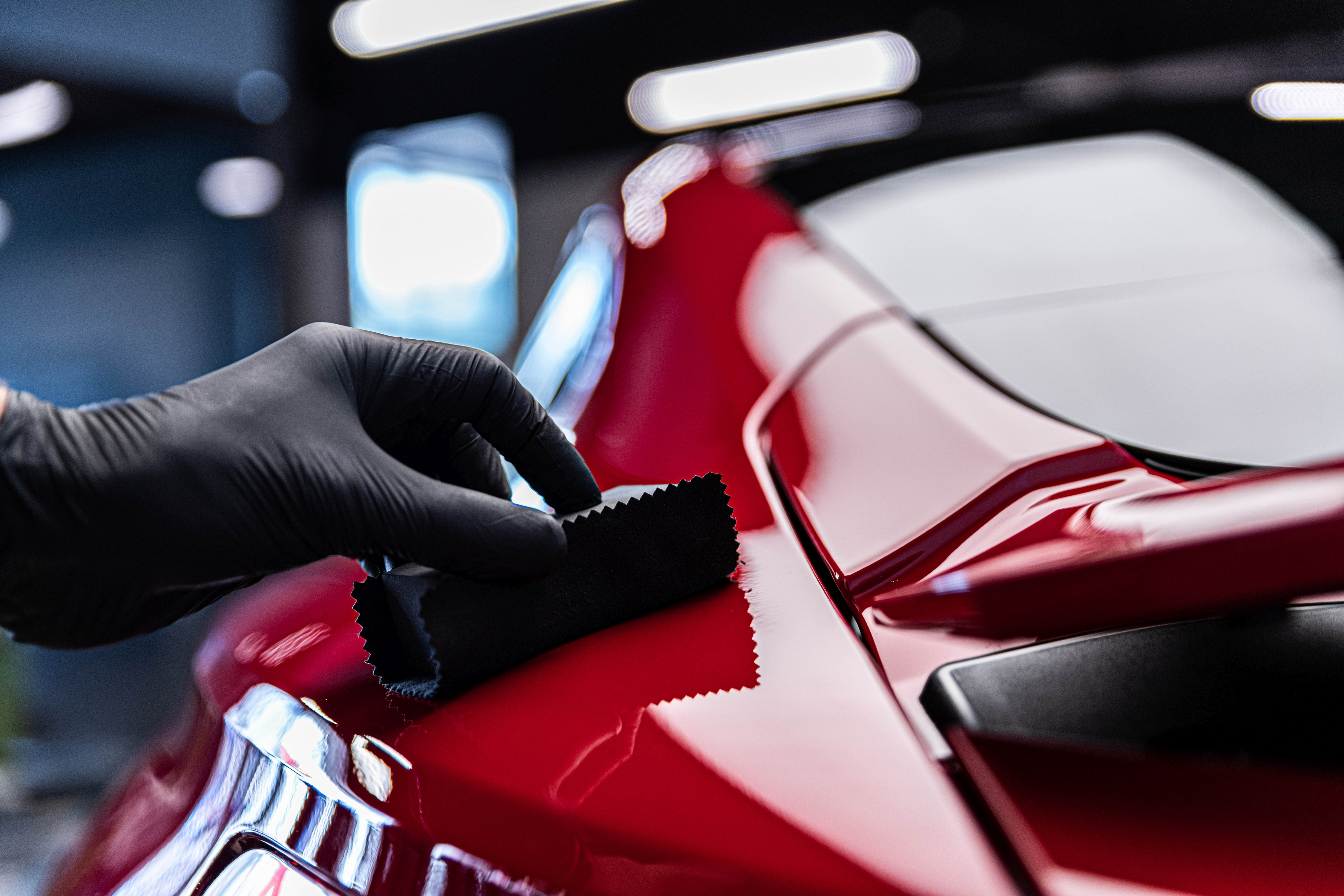Advanced Technology Behind Ceramic Coating Philadelphia for Ultimate Defense
Wiki Article
Why Ceramic Layer Is the Ultimate Option for a Flawless End Up
Ceramic covering has actually arised as a leading remedy for those looking for a flawless coating for their vehicles, thanks to its exceptional resilience and safety features. What aspects truly set ceramic finishing apart?What Is Ceramic Coating?

When used correctly, ceramic coating creates a hydrophobic surface area that drives away water and dirt, making it easier to clean up and preserve. Unlike typical waxes or sealers, which typically offer short-lived security, ceramic layers can last for several years, depending upon the product top quality and application method. The procedure of applying ceramic covering calls for meticulous prep work, including extensive cleansing and in some cases paint adjustment, to ensure optimum bonding and effectiveness.
Ceramic finishings are not limited to automobile surface areas; they can additionally be used on numerous materials, consisting of glass, steel, and plastics, supplying a flexible solution for enhancing protection. In general, ceramic finishing stands for a substantial development in surface protection technology, incorporating both visual and useful advantages for a vast variety of applications.
Advantages of Ceramic Covering
While numerous surface defense options exist, the advantages of ceramic covering stand apart because of its special properties and lasting efficiency. One of the key advantages is its exceptional resilience. Ceramic Coating Philadelphia. Unlike standard wax or sealants that call for frequent reapplication, ceramic coatings offer a resilient layer that can last for a number of years, significantly minimizing maintenance initiativesAnother remarkable advantage is enhanced defense against ecological pollutants. Ceramic layers produce a hydrophobic surface area that wards off water, dirt, and various toxins, making it much easier to clean. This attribute not just preserves the vehicle's look yet additionally decreases the threat of deterioration and oxidation, particularly in severe weather problems.
Additionally, ceramic layers use remarkable resistance to UV rays, protecting against fading and degradation of paint over time. This UV security is critical for maintaining the aesthetic worth of lorries and surfaces exposed to guide sunlight.
Additionally, the shiny finish achieved with ceramic layer improves the general aesthetic charm, providing surfaces a showroom-quality luster. On the whole, ceramic coverings represent a significant advancement in surface protection innovation, giving long-lasting advantages that satisfy both aesthetic and functional requirements.
How It Functions
Comprehending the scientific research behind ceramic coverings reveals how they offer such remarkable defense and longevity. At its core, a ceramic coating is a liquid polymer that chemically bonds with the automobile's manufacturing facility paint. This bonding produces a protective layer that is both hydrophobic and oleophobic, repelling water, dirt, and oil. The main part of most ceramic finishings is silicon dioxide (SiO2), which is obtained from quartz. This substance adds to the finishing's firmness and resistance to scrapes, UV rays, and environmental impurities.
The application process involves multiple actions, including surface area preparation, which is important to accomplishing ideal adhesion. As soon as applied, the coating undertakes a treating procedure, throughout which it solidifies and forms a semi-permanent bond with the paint why not look here surface area. This bond is what distinguishes ceramic finishes from traditional waxes and sealers, supplying a longer-lasting safety obstacle that can endure for several years.
Additionally, the density of the coating can boost its protective top qualities, guaranteeing that it can hold up against rough problems. Eventually, the scientific research of ceramic finishings incorporates sophisticated products with cutting-edge application techniques to provide an unrivaled level of defense and aesthetic improvement for vehicles.
Contrast With Conventional Techniques
The advantages of ceramic coverings become particularly evident when compared to conventional paint defense methods such as sealers and waxes. While waxes offer a short-lived sparkle, usually lasting a couple of weeks to a couple of months, ceramic coverings provide a durable safety layer that can endure for a number of years. This resilience dramatically reduces the regularity of reapplication, making ceramic coverings a much more economical remedy with time.Additionally, conventional approaches commonly call for comprehensive preparation and numerous applications to achieve a satisfactory level of protection. On the other hand, ceramic finishings bond at a molecular level with the vehicle's surface, creating a robust shield against environmental contaminants like UV rays, acid rain, and roadway salts. This bond improves the lorry's resistance to scrapes and swirl marks, which are prevalent with traditional waxes and sealers.
Furthermore, the hydrophobic residential properties of ceramic coverings repel water and dirt, bring about less complicated cleansing and maintenance. In comparison, wax and sealant-treated surface areas can draw in gunk, requiring even more frequent cleaning - Ceramic Coating Philadelphia. Overall, ceramic coverings not only provide remarkable defense however likewise supply an extra long-lasting and aesthetically attractive coating, establishing them as the favored selection for critical automobile see this here owners
Application and Upkeep Tips

Utilizing a foam applicator, use the finish in little areas, following the manufacturer's standards relating to thickness and overlap. Allow adequate healing time in between layers, usually 24 hr, to ensure appropriate bonding. After application, it is important to avoid direct exposure to water or severe aspects for a minimum of a week to enable the covering to completely heal.
Furthermore, utilizing a ceramic upkeep spray can enhance the finishing's hydrophobic residential or commercial properties and durability. Normal assessments for any kind of signs of wear will help keep the finish's stability and maintain that excellent finish.
Conclusion
In final thought, ceramic covering emerges as an exceptional option for accomplishing a remarkable automobile surface. By forming a robust bond with manufacturing facility paint, ceramic layer successfully shields versus scrapes, UV rays, and environmental impurities.
Report this wiki page